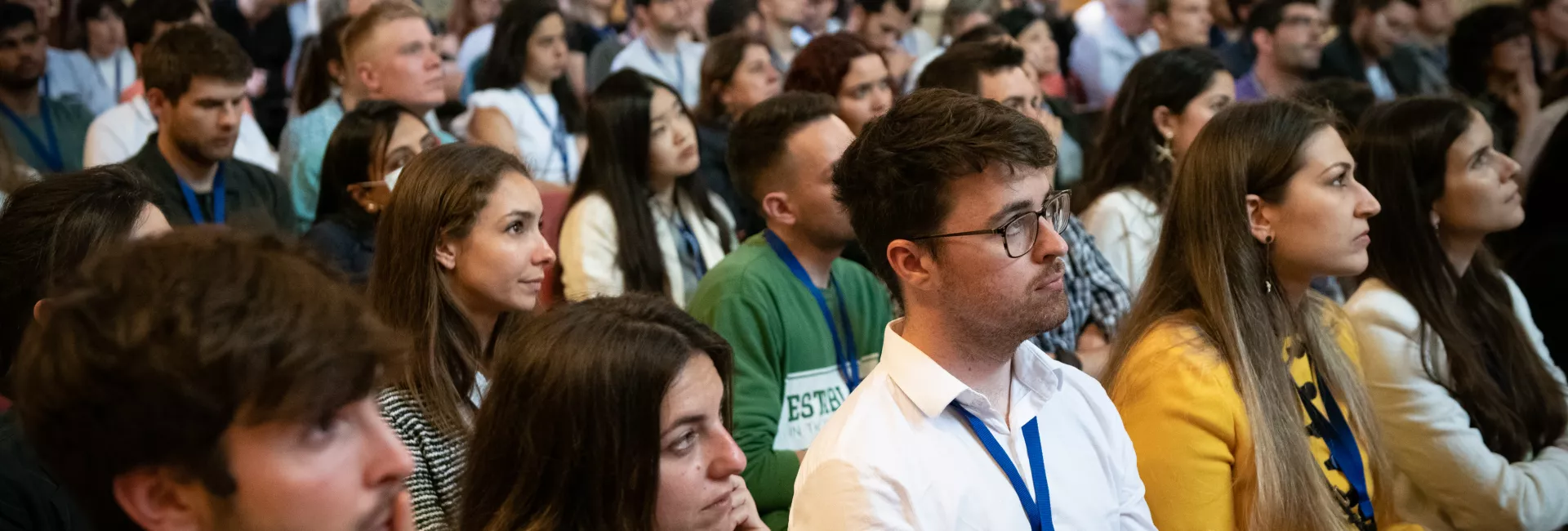Speaker: Dr. Pleasantine Mill
Group Leader at the MRC Human Genetics Unit at the University of Edinburgh, UK
Presentation
Host: Dr. Jens Lüders, Group Leader - Microtubule organization in cell proliferation and differentiation - IRB Barcelona
Node: Cell Pathophysiology / Preclinical Models of Disease
Date: Thursday 4 May 2023, 15:00h
Place: Felix Serratosa Hall, PCB
IMPORTANT: For attendees outside the PCB community you must register at least 24h before the seminar
Abstract:
With recent advances in sequencing technology, identification of potentially causative genetic alterations is increasing rapidly. However, it remains a major challenge to establish mechanistic links between genetic changes and anatomical anomalies in rare disease. Many of the genes implicated in congenital anomalies play multiple roles in different tissues and/or stages in utero or early life. Precisely-engineered animal models of patient variants are needed to replicate complex interactions disrupted during morphogenesis, often across multiple organ systems. Rare disease variants have the potential to reveal fundamental insight- in this case tubulin, one of the most abundant cytoskeletal building blocks, which exhibits extensive isotype diversity in humans. Displaying high similarity, whether these distinct isotypes form cell-type and context specific microtubule structures is poorly understood. Studying a cohort of 11 patients with the motile ciliopathy primary ciliary dyskinesia as well as mouse mutants, we report mutations in the TUBB4B isotype specifically perturb centriole and cilium biogenesis. We demonstrate that distinct TUBB4B mutations differentially affect microtubule dynamics and cilia formation in a dominant negative manner. Finally, structure-function studies reveal that different TUBB4B mutations disrupt distinct tubulin interfaces allowing clear stratification of patients into three classes of ciliopathic disease. These findings illustrate that specific tubulin isotypes have unique and non-redundant subcellular functions and establishes the missing link between human tubulinopathies and ciliopathies.

